La maison Xun – “It is necessary for us to make changes and forge ahead when we deal with architectural design, yet we have to look back on our history and honor our cultural features during the process,” said Leoh Ming Pei, 92, on the night when he was awarded with the Royal Gold Medal by the Royal Institute of British Architects. The unstoppable impetus of modernization is destroying the tradition of cities and blurring their cultural features. Compared with the standing buildings and mansions made of iron and steel, those Hutong courtyards with smoke from kitchen chimneys are more precious.
Architizer chatted with Daohua Liu, Founder of LDH Architectural Design, to learn more about this project.
Architizer: What inspired the initial concept for your design?
As the cultural center of China for centuries, “inclusiveness” is also a characteristic of Beijing endowed by history. Faced with the worldwide influence of western renaissance and industrial revolution, Beijing is destined to experience a transition period of conflict between tradition and modernity, between Eastern and Western cultures. In terms of blind pursuit of the visual impact of Western-style aesthetics, “If a city of the old oriental country completely loses its artistic character in architecture, it will be very painful in terms of cultural manifestation and impression.” as said by Liang Sicheng. Therefore, Liu Daohua always regards this project as the reduction of historical architecture, and regards it as his mission to protect the artistic details of Beijing courtyard in the way of integration and inclusion of traditional and modern design.
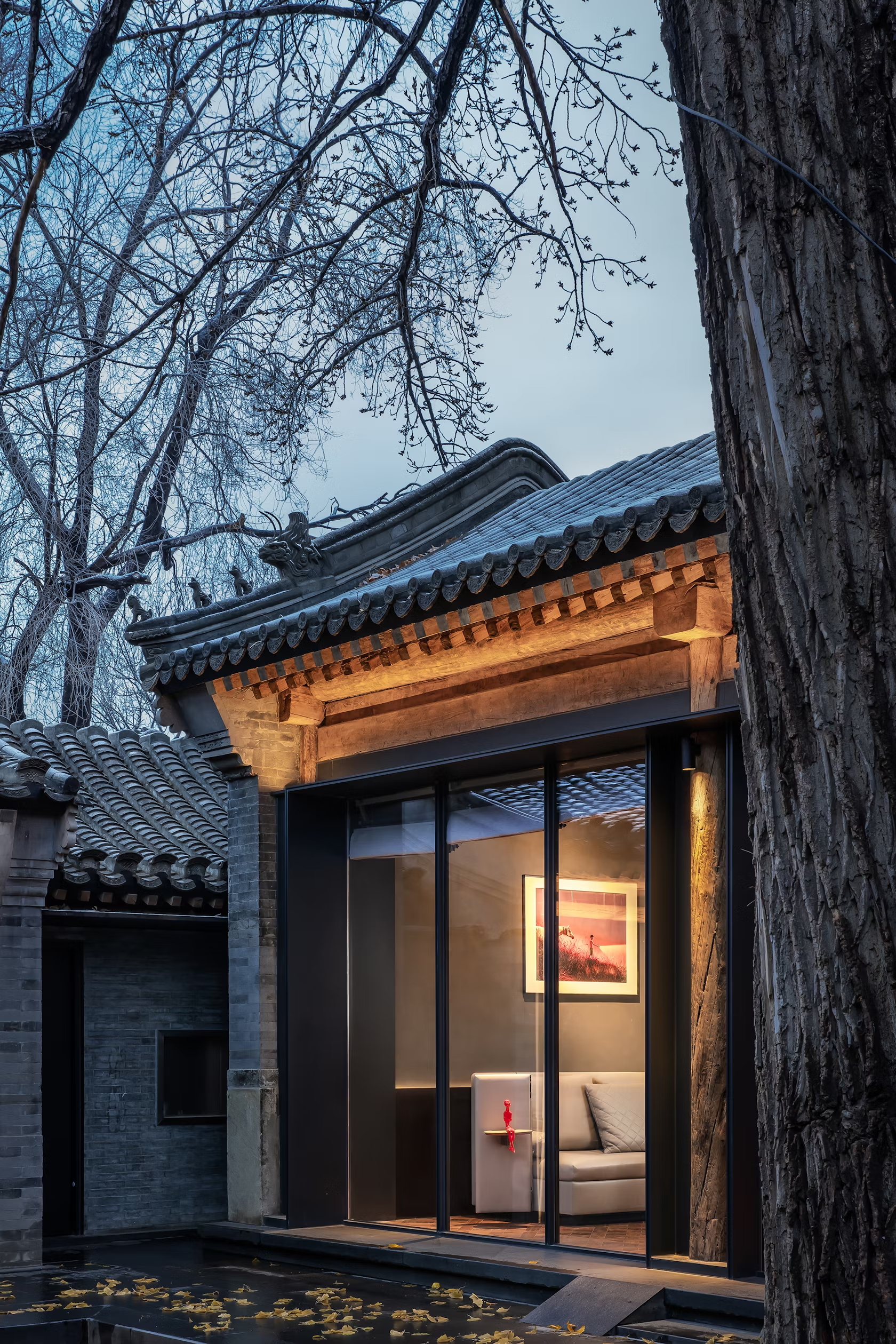
© LDH Architectural Design
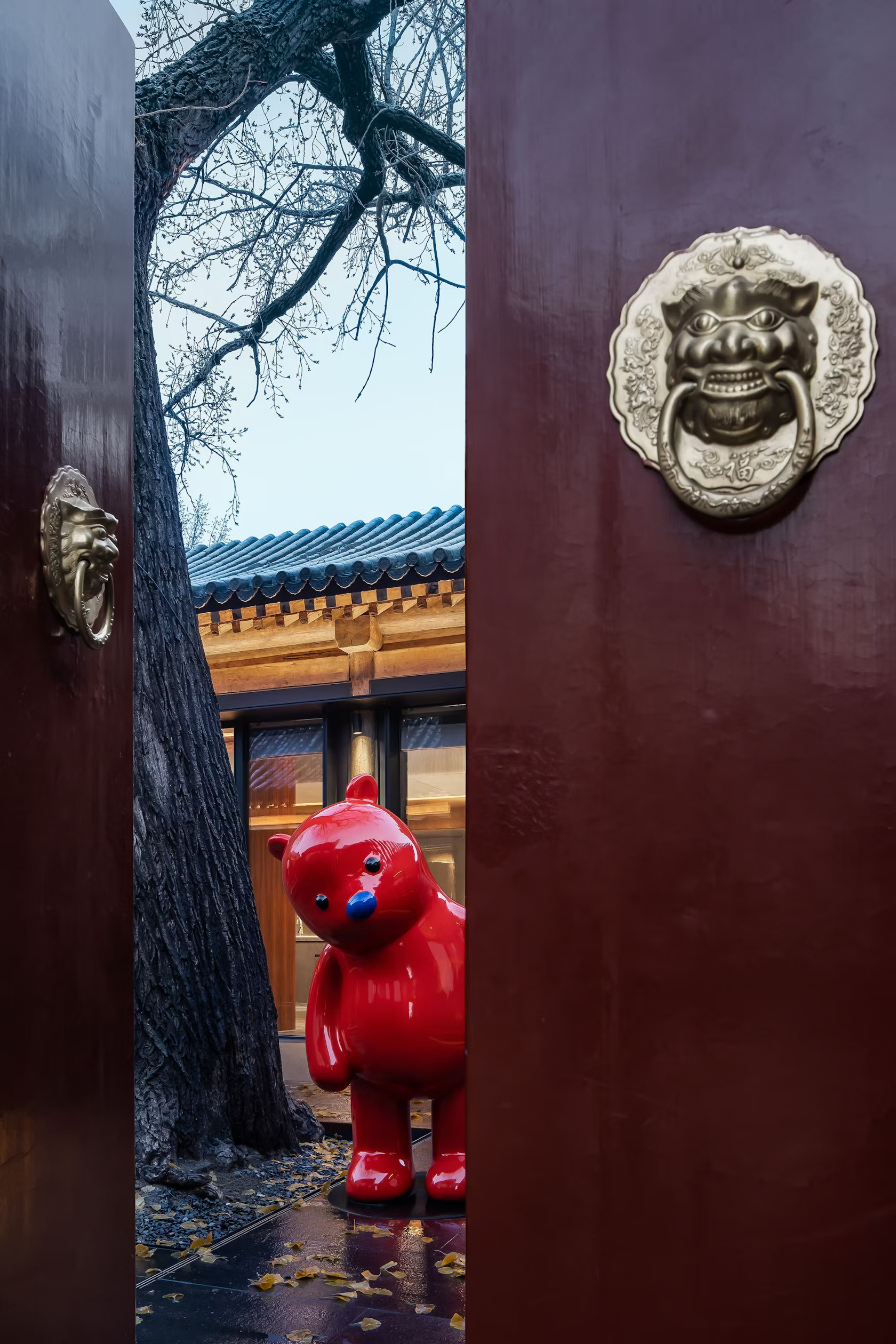
© LDH Architectural Design
This project won in the 10th Annual A+Awards! What do you believe are the standout components that made your project win?
The symmetrical distribution of the space not only reflects the sense of classical beauty and order, but also echoes the golden mean of “harmony between man and nature” in eastern philosophy. The ancient charm of traditional architecture is fully presented in this space, and every beam and column arouse people’s longing for the elegance and taste of ancient Chinese. While enjoying the delicious food, guests can feel the calmness and peace endowed by traditional culture, the historical bearing of the old Beijing courtyard, and the artistic atmosphere emitted by modern aesthetics. The combination of the new and the old, the collision of tradition and fashion, and the integration of modern aesthetics and the vivid oriental artistic conception are the new trend of contemporary art and the best extension of the life of courtyards.

© LDH Architectural Design
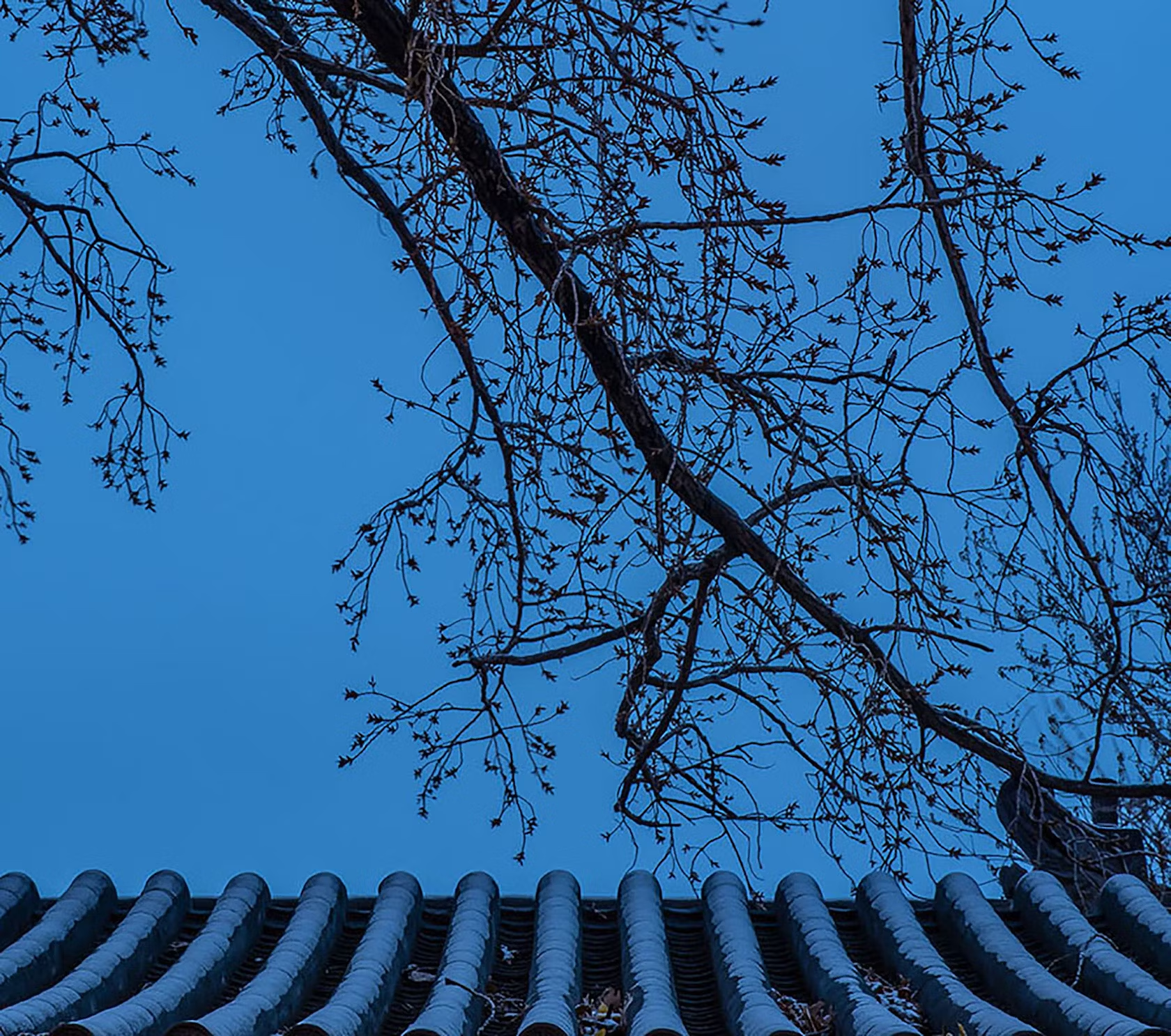
© LDH Architectural Design
What was the greatest design challenge you faced during the project, and how did you navigate it?
The symmetrical distribution of the space not only reflects the sense of classical beauty and order, but also echoes the golden mean of “harmony between man and nature” in eastern philosophy. The ancient charm of traditional architecture is fully presented in this space, and every beam and column arouse people’s longing for the elegance and taste of ancient Chinese. While enjoying the delicious food, guests can feel the calmness and peace endowed by traditional culture, the historical bearing of the old Beijing courtyard, and the artistic atmosphere emitted by modern aesthetics. The combination of the new and the old, the collision of tradition and fashion, and the integration of modern aesthetics and the vivid oriental artistic conception are the new trend of contemporary art and the best extension of the life of courtyards.

© LDH Architectural Design

© LDH Architectural Design
How did the context of your project — environmental, social or cultural — influence your design?
The designer intends to face the tradition and antique with an attitude of returning to original simplicity by deliberately avoiding heavy and complicated pile-up, namely, removing the cumbersome “makeup”, restoring the structure of the building, and restoring the traces of history. In such a cozy environment, the cultural attributes of, traditional memory and temperature on the courtyard for several hundred years have been re-presented, maintaining the historical sense of beauty without losing the elegance of modern aesthetics.
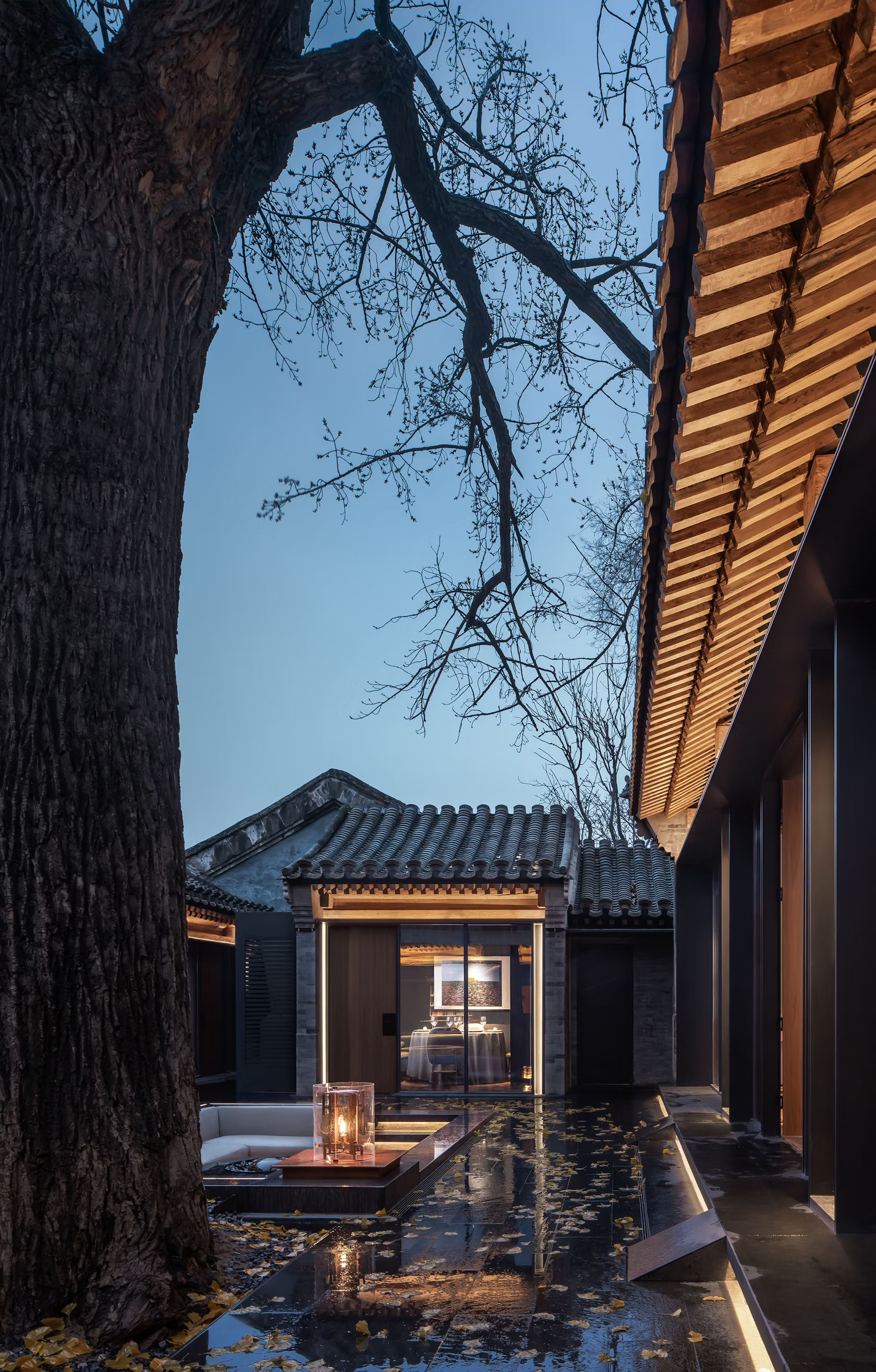
© LDH Architectural Design
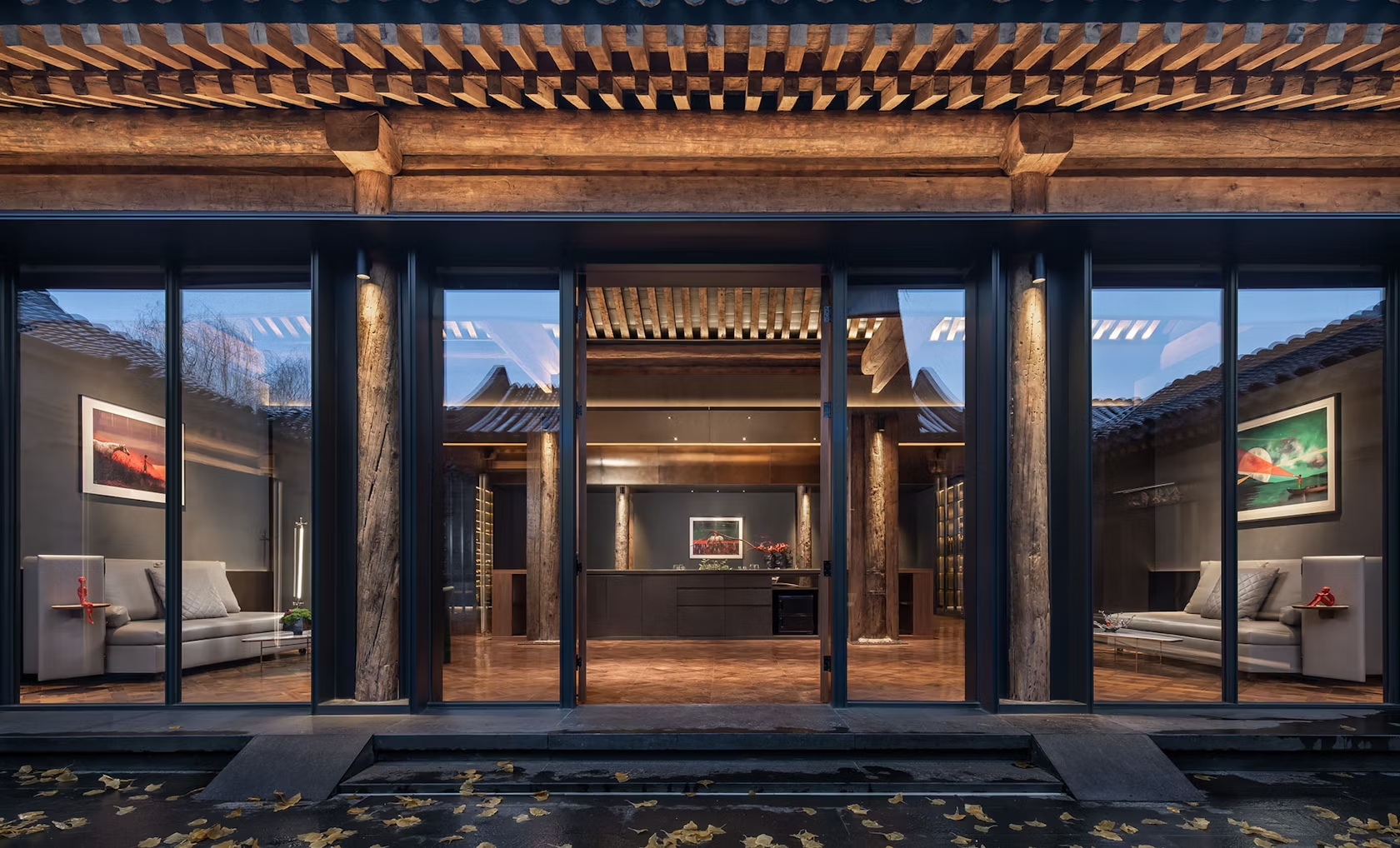
© LDH Architectural Design
What drove the selection of materials used in the project?
“We didn’t make too many changes in the relationship between forms and structures in the space, above all, we construct the relevance between traditional design and nature.”
Such an excellent courtyard project is quite scarce and has strong cultural orientation. Liu Daohua, along with Wang Xiaofei and Wang Zhenyu, co-owners of the restaurant, hopes to integrate some of China’s finest original furniture and artworks into this architecture with a strong Beijing style.
As such, Maxmarko of Derek Chen, art furniture from Chendarui series and other original furniture designed for the space, and pupu bear of artist Zhang Zhanzhan, are integrated into the space to jointly create a way of life, making the space more diversified and having more possibility in future orientation.
Art is an enlivened science, and great art has always been of the most emotional and decorative value.
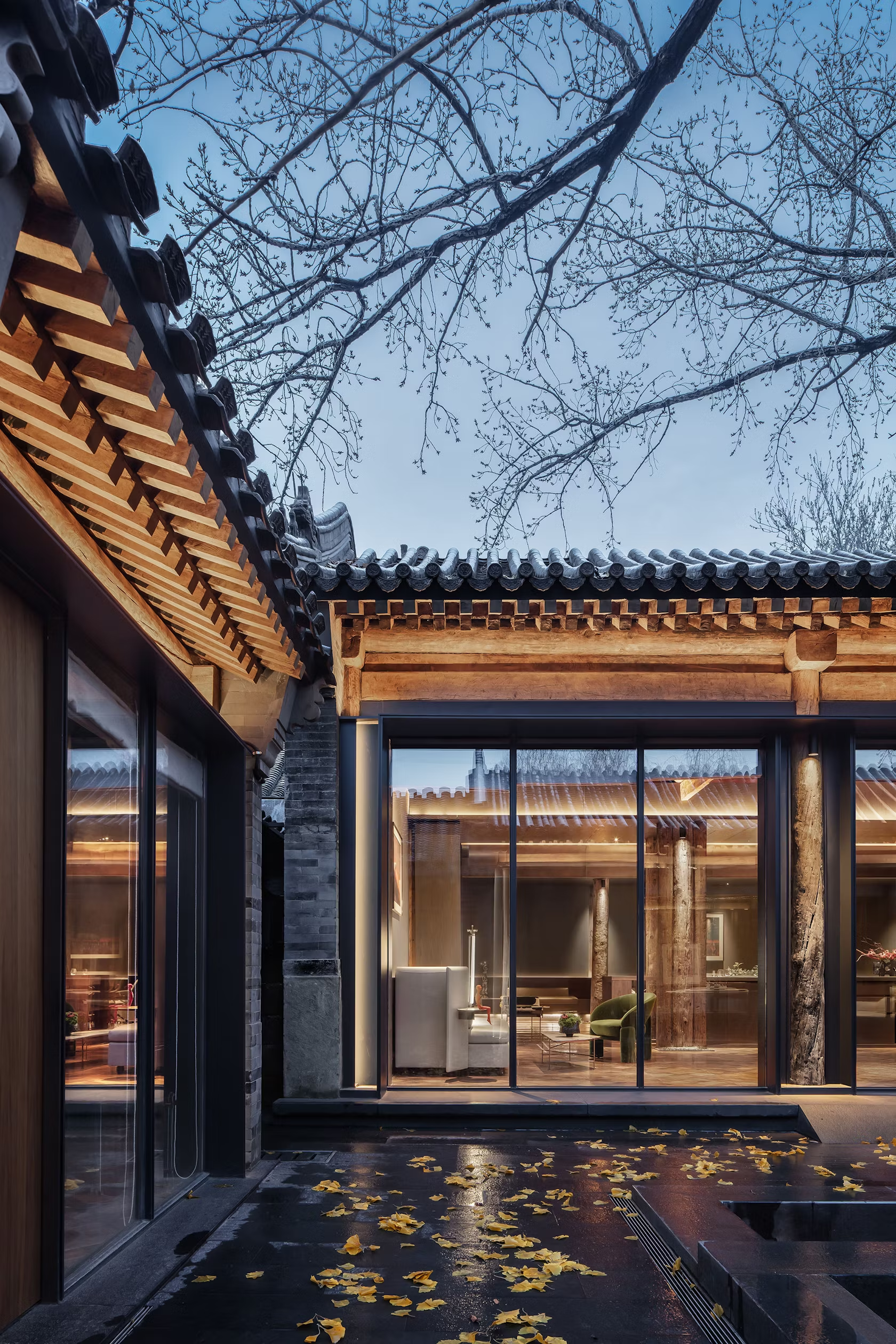
© LDH Architectural Design
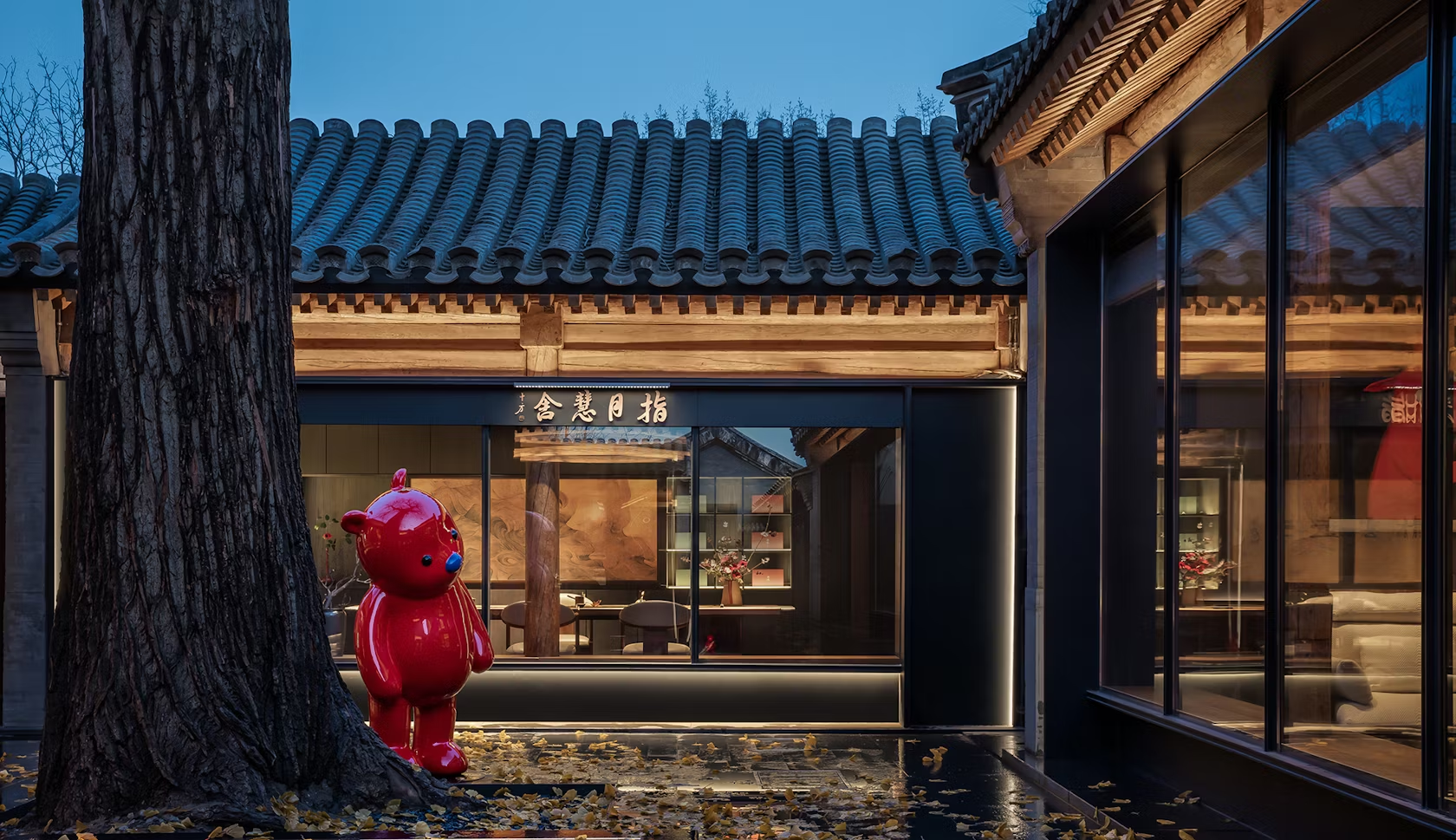
© LDH Architectural Design

© LDH Architectural Design
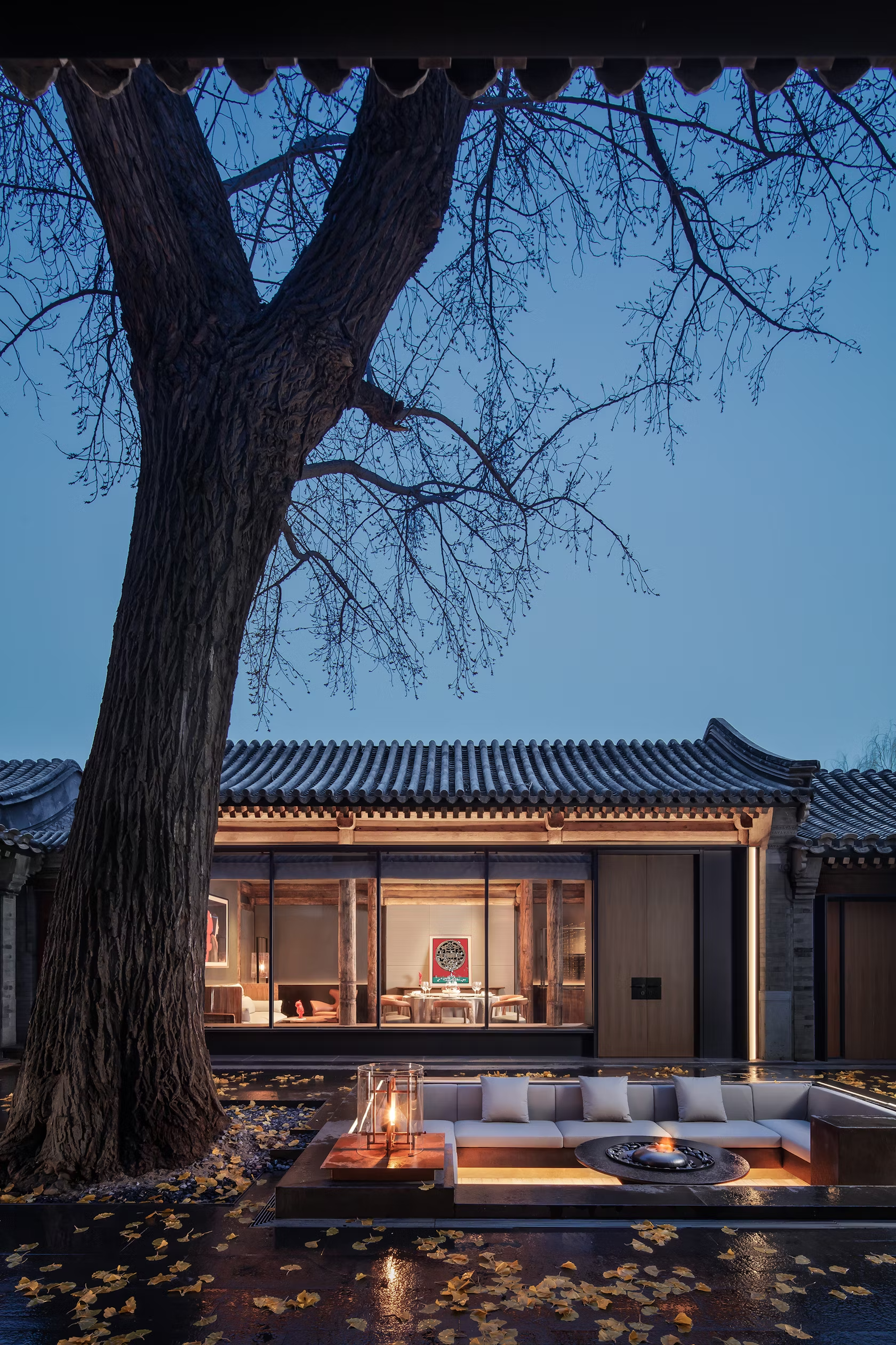
© LDH Architectural Design

© LDH Architectural Design
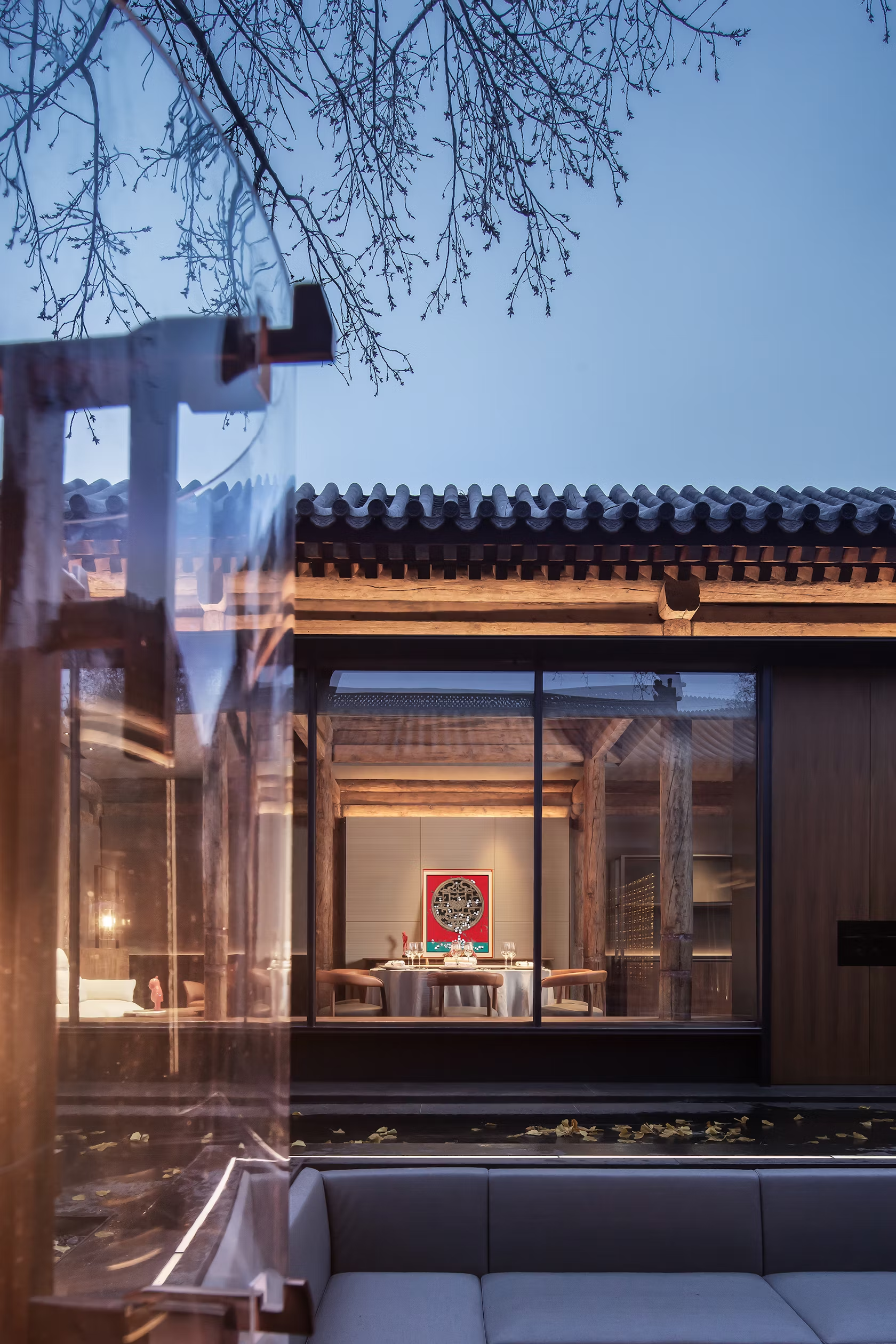
© LDH Architectural Design
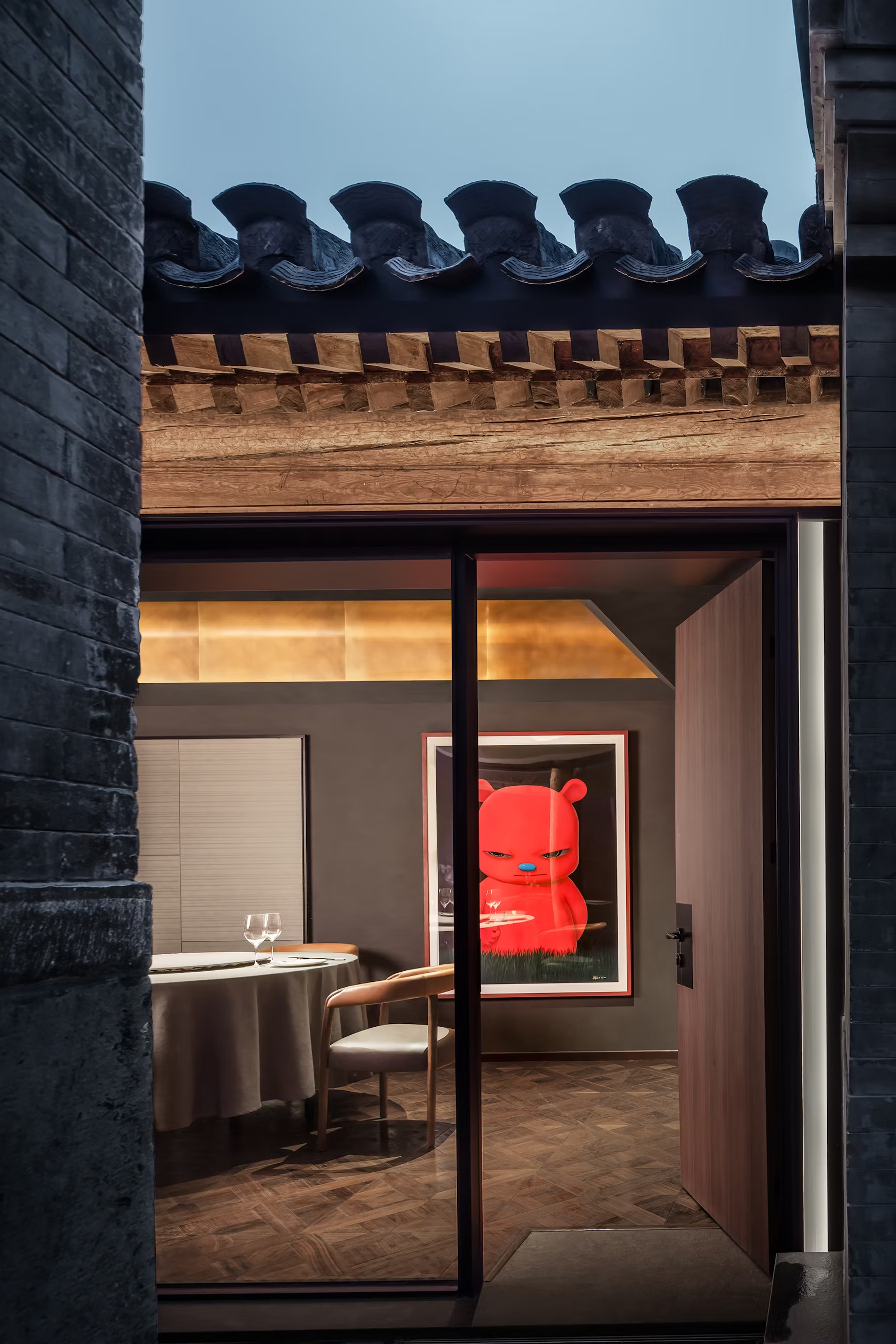
© LDH Architectural Design
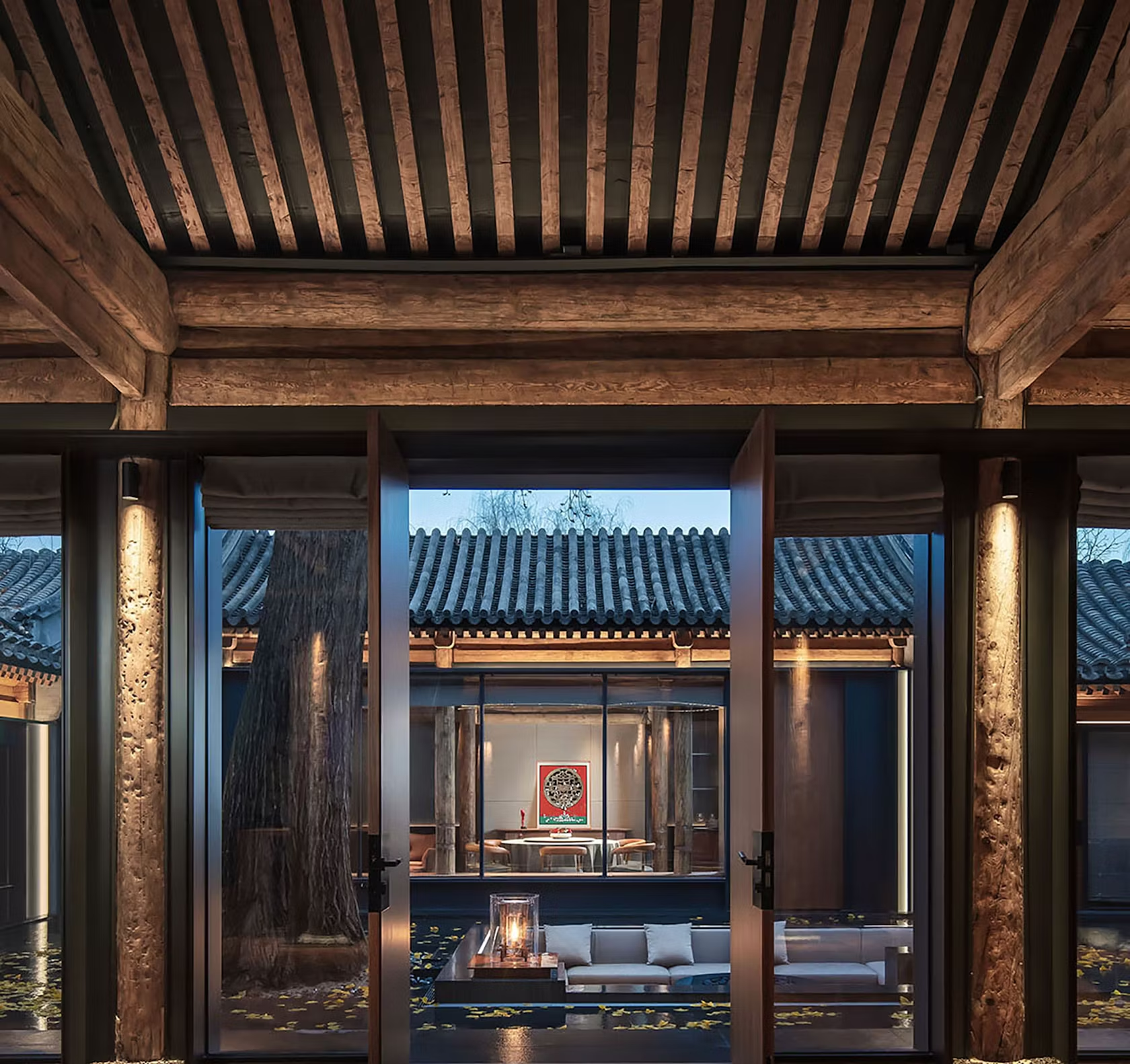
© LDH Architectural Design

© LDH Architectural Design

© LDH Architectural Design
Team Members
Daohua Liu, Qianyuan Cheng, Youzhe Li and Lei Li
Consultants
Furniture consultant: Darui Chen, Lighting consultant: Beijing Guangshe Lighting Design Co., Ltd.
For more on La maison Xun, please visit the in-depth project page on Architizer.















 La maison Xun - LDH Design
La maison Xun - LDH Design 


